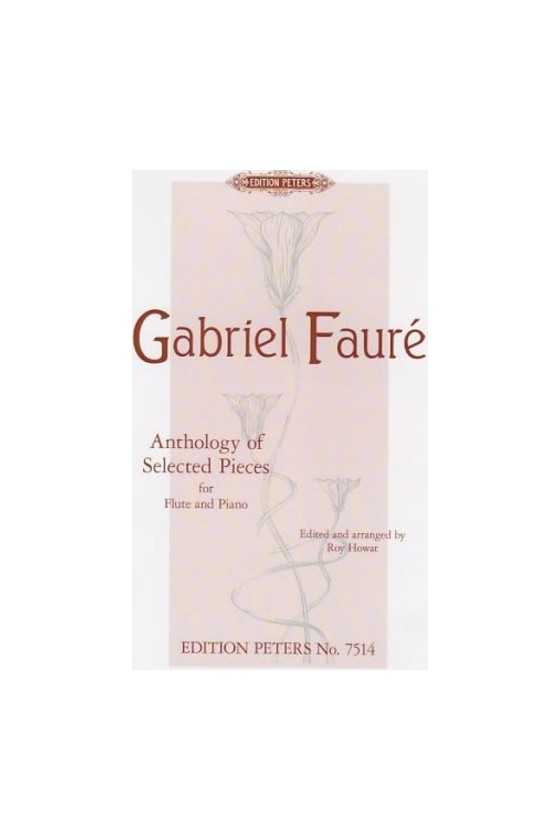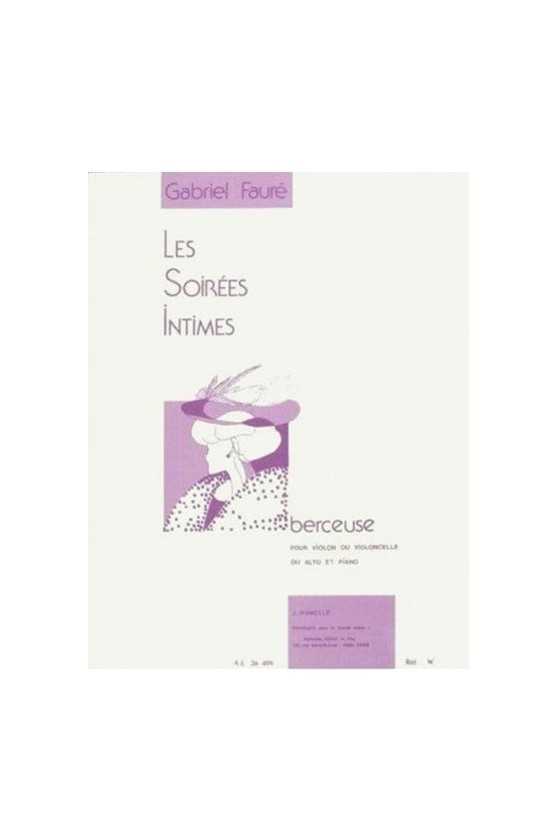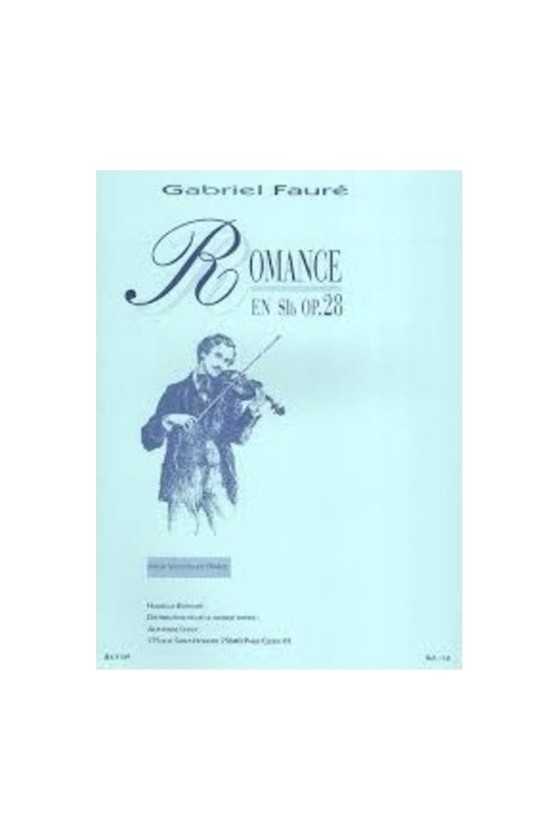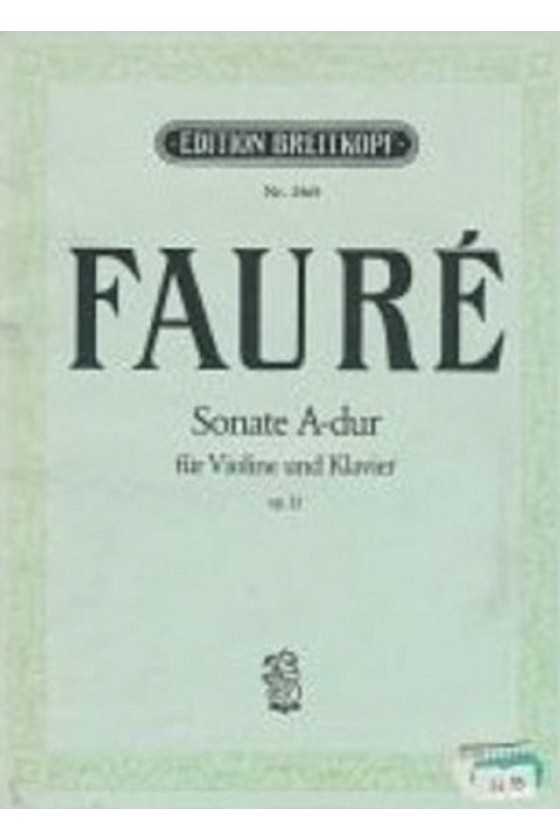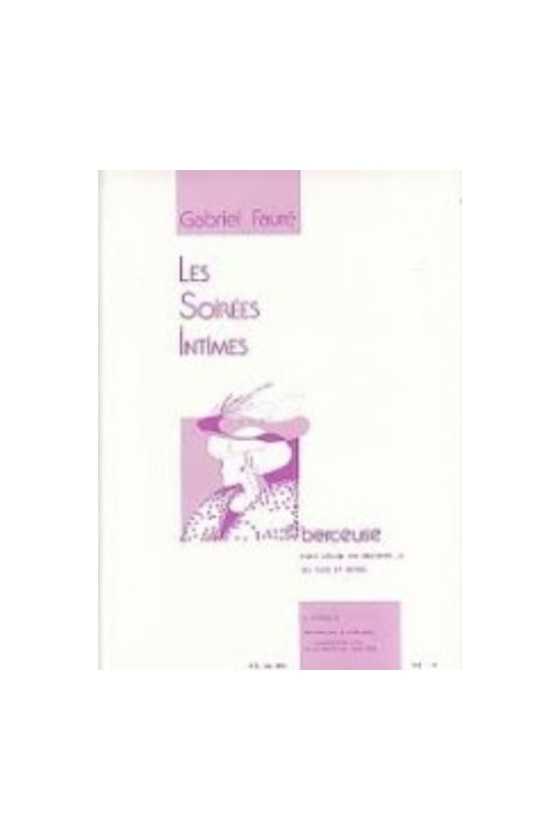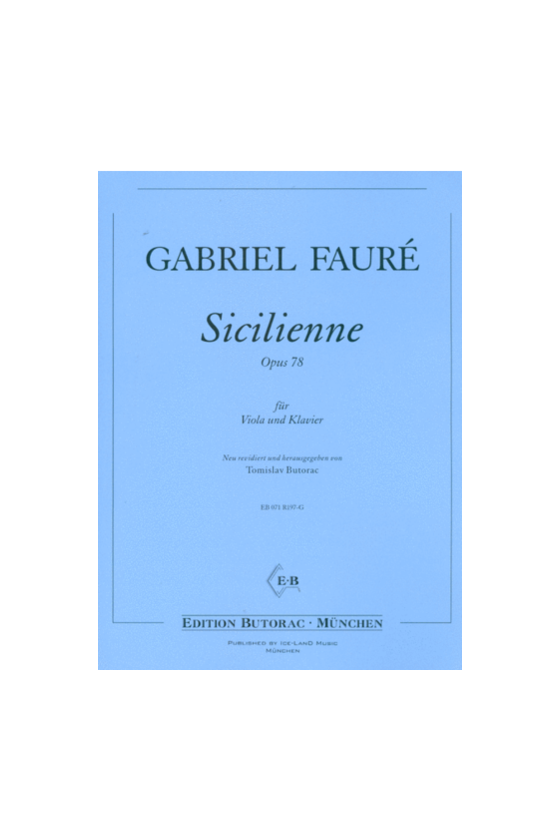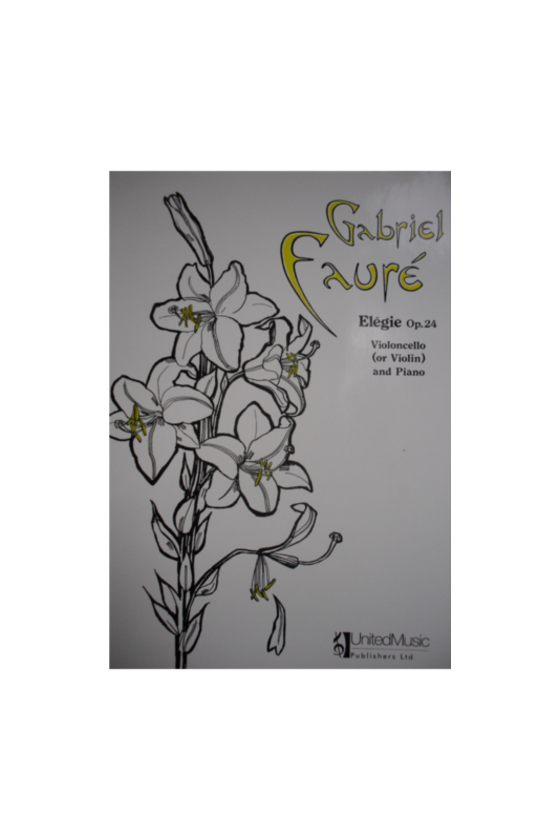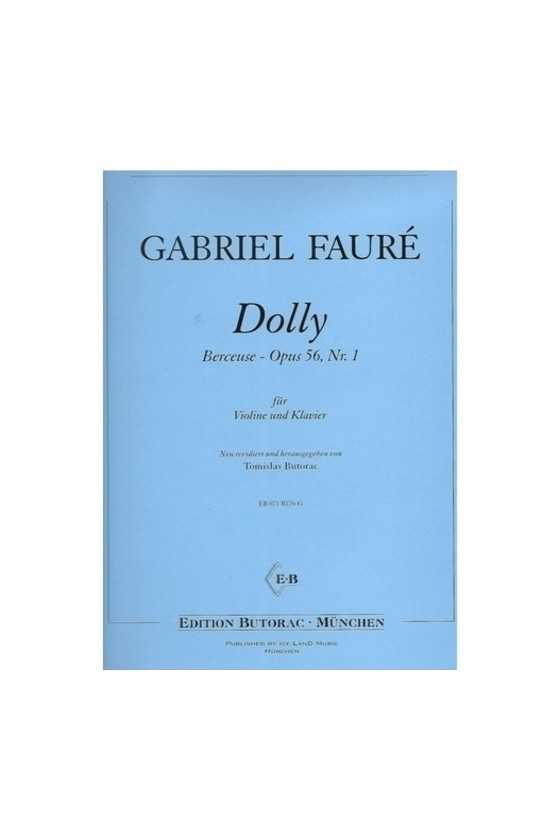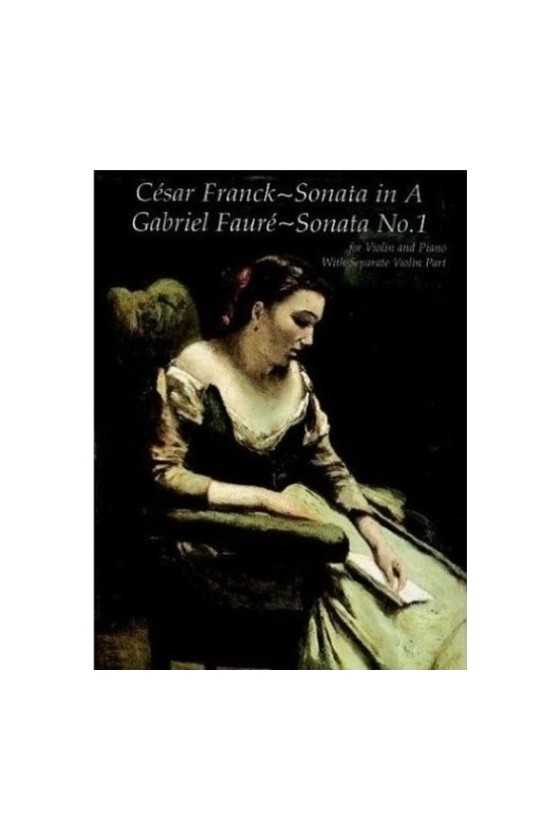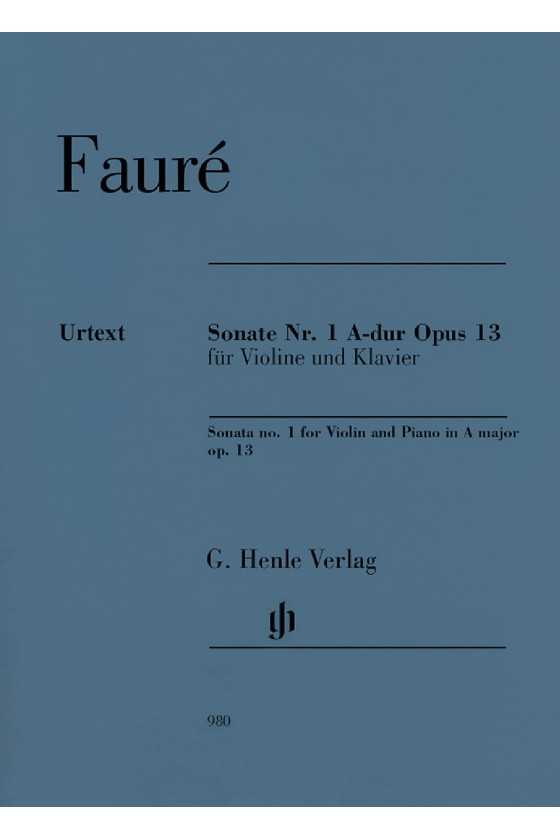Faure, Gabriel
Gabriel Faure, born on May 12, 1845, was a highly influential composer who played a crucial role in shaping modern French music. His refined and gentle compositions continue to inspire musicians and listeners alike. Faure's musical talent was evident from a young age, catching the attention of Louis Niedermeyer, a renowned Swiss composer and teacher. Under Niedermeyer's guidance, Faure honed his skills and developed a deep passion for music.
Early Influences and Musical Education
Faure's musical journey was further enriched when he began studying piano under the tutelage of Camille Saint-Saens. Saint-Saens introduced Faure to the works of Franz Liszt and Richard Wagner, exposing him to a whole new world of musical possibilities. This exposure to the great masters greatly influenced Faure's own compositions.
The First Compositions
Even as a bachelor in 1863, Faure displayed immense talent with his first composition, "Trois romances sans paroles." This early work showcased Faure's gift for creating melodies that evoked a wide range of emotions. His ability to capture the subtleties of human sentiment through music would become a hallmark of his career.
Church Organist and Professor of Composition
Faure's reputation continued to grow, and in 1877, he was appointed as the church organist at the Madeleine Church in Paris. This prestigious position allowed him to showcase his skill and creativity on a grand scale. In 1896, Faure was appointed as a professor of composition at the Paris Conservatory, where he nurtured the talents of future greats such as Maurice Ravel, Georges Enesco, and Nadia Boulanger.
Director of the Paris Conservatory
Faure's contributions to the world of music were further recognized when he succeeded Theodore Dubois as the director of the Paris Conservatory in 1905. As the director, Faure had a profound impact on the institution and its students. His guidance and mentorship played a crucial role in shaping the careers of many aspiring musicians.
Master of Chamber Music
Faure's brilliance as a composer extended to every branch of chamber music. His compositions showcased not only great sophistication and sensitivity but also a remarkable refinement. One of his most notable achievements was the composition of over 100 songs, including timeless classics such as "Apres un reve" and "Les Roses d'Ispahan." Faure's song cycles, including "La Bonne Chanson" and "L'Horizon chimerique," further solidified his reputation as a master of the art form.
Contributions to Piano Literature
Faure's contributions to piano literature were equally significant. His compositions for the piano were highly original and intricately crafted. Among his most celebrated works are the 13 nocturnes, 13 barcaroles, and five impromptus. These compositions showcased Faure's ability to create haunting melodies and display virtuosic piano technique.
Exploring Other Instruments
In addition to the piano, Faure explored compositions for other instruments as well. His Ballade for piano and orchestra, originally arranged for solo piano, demonstrated his versatility as a composer. Faure's two sonatas for violin and piano, along with the Berceuse for violin and piano, showcased his ability to create evocative and expressive music for the violin. His cello and piano sonata "Élégie," as well as two sonatas for cello and piano, are notable contributions to the repertoire of the cello.
Venture into Theater and Orchestral Compositions
While Faure was not particularly fond of theater, he composed incidental music for several productions, including Maurice Maeterlinck's "Pelléas et Mélisande." He also ventured into lyric dramas, composing "Prométhée" and "Pénélope." One of his notable compositions for the orchestra alone is "Masques et bergamasques." However, it was Faure's Messe de Requiem that eventually gained widespread recognition. Initially not popular, it has since become one of his most frequently performed works.
A Unique Musical Style
Faure's musical style was characterized by a fusion of traditional forms with daring harmonic progressions and unexpected modulations. He had a penchant for pushing the boundaries of convention while maintaining a sense of beauty and ease in his compositions. This unique approach to music paved the way for the development of the new French school of music, inspiring generations of composers to come.
Violin Compositions of Gabriel Faure | Animato Strings
In conclusion, Gabriel Faure's contributions to the world of music cannot be overstated. His refined compositions and innovative approach to harmony continue to captivate audiences to this day. As a composer, church organist, professor, and director, Faure left an indelible mark on the musical landscape of France and beyond. His legacy lives on through his timeless melodies and the countless musicians he inspired.
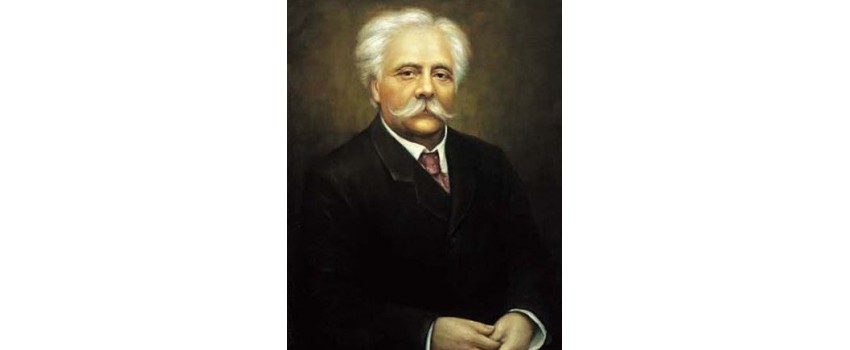
Berceuse Opus 16 For Violin By Faure (Hamelle)
Faure, Romance For Violin & Piano (Hamelle)
Faure, Sonata In A For Violin And Piano (Breitkopf & Härtel)
Faure, Sonata In A For Violin And Piano (Breitkopf & Härtel). “In this sonata, you can find everything to tempt a gourmet: new forms, excellent modulations, unusual tone colours, and the use of unexpected rhythms.”
Faure, Sonata No. 1 A major Op. 13 for Violin and Piano (Henle)
Fauré composed his violin sonata between 1875 and 1876, establishing a new tradition in French music. Saint-Saëns praised the work, noting it features enticing new forms, excellent modulations, unusual tones, and unexpected rhythms. He remarked that the piece's magical quality allows audiences to appreciate its remarkable audacity, securing Fauré's status among the masters.

